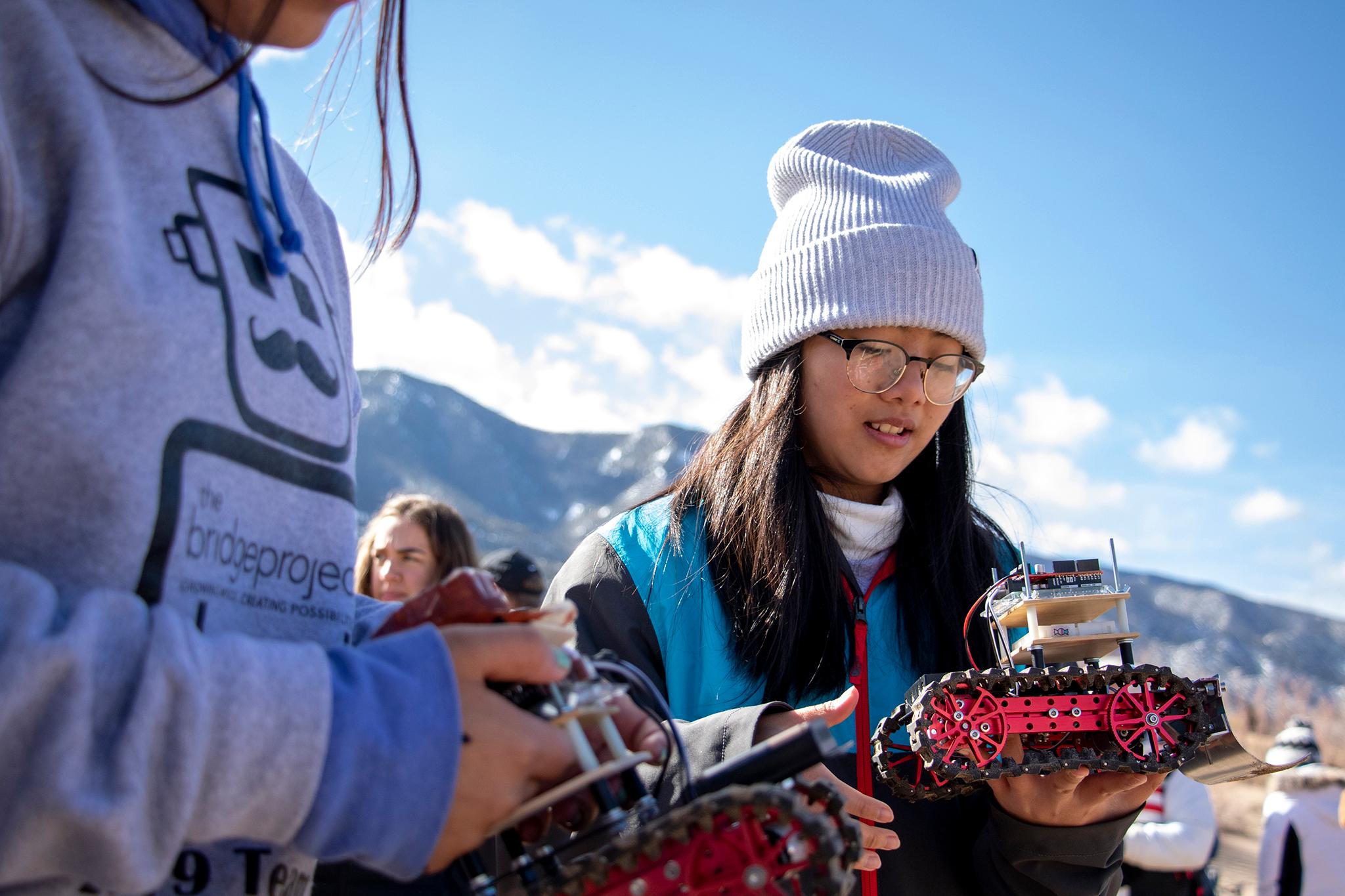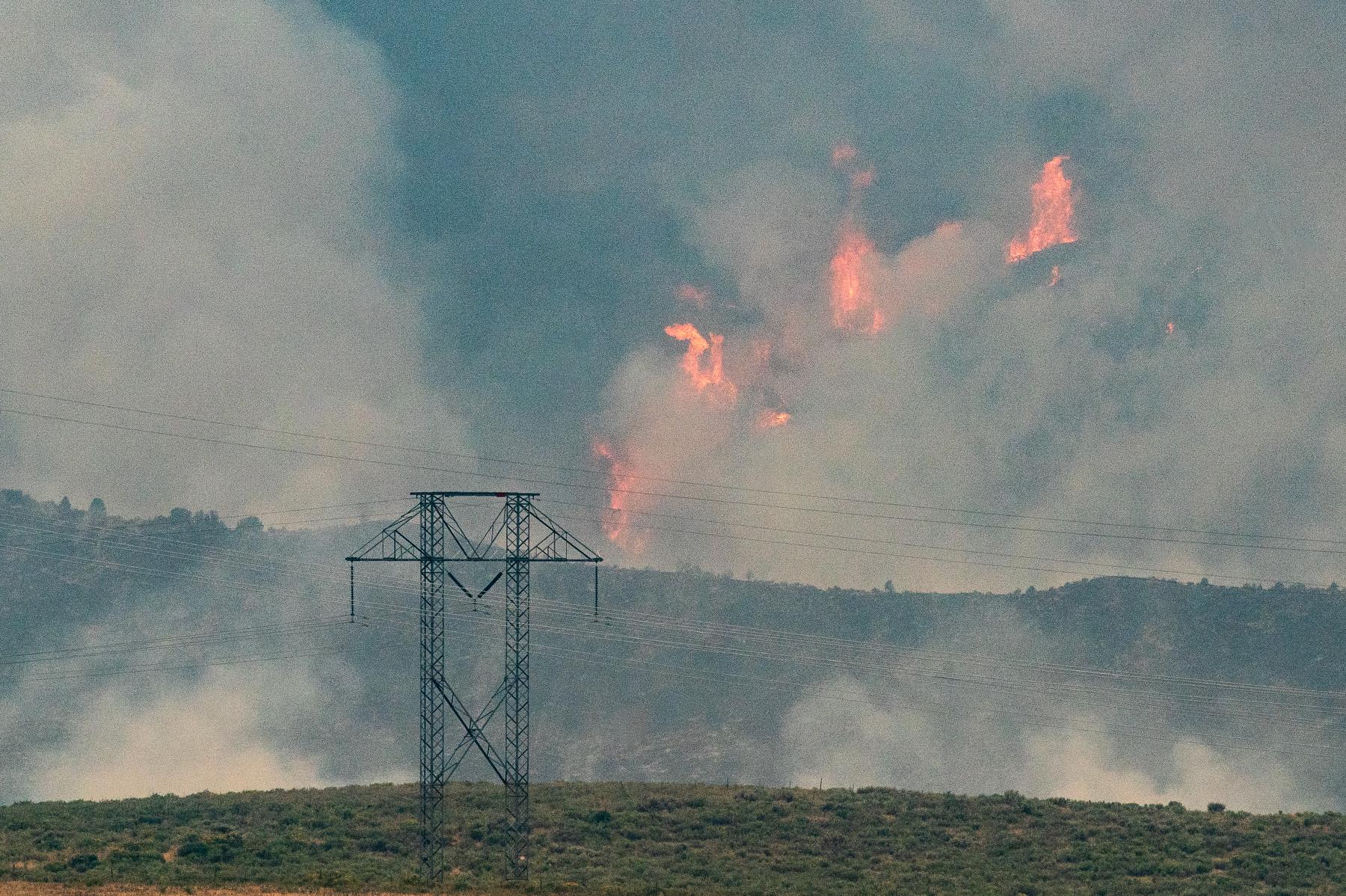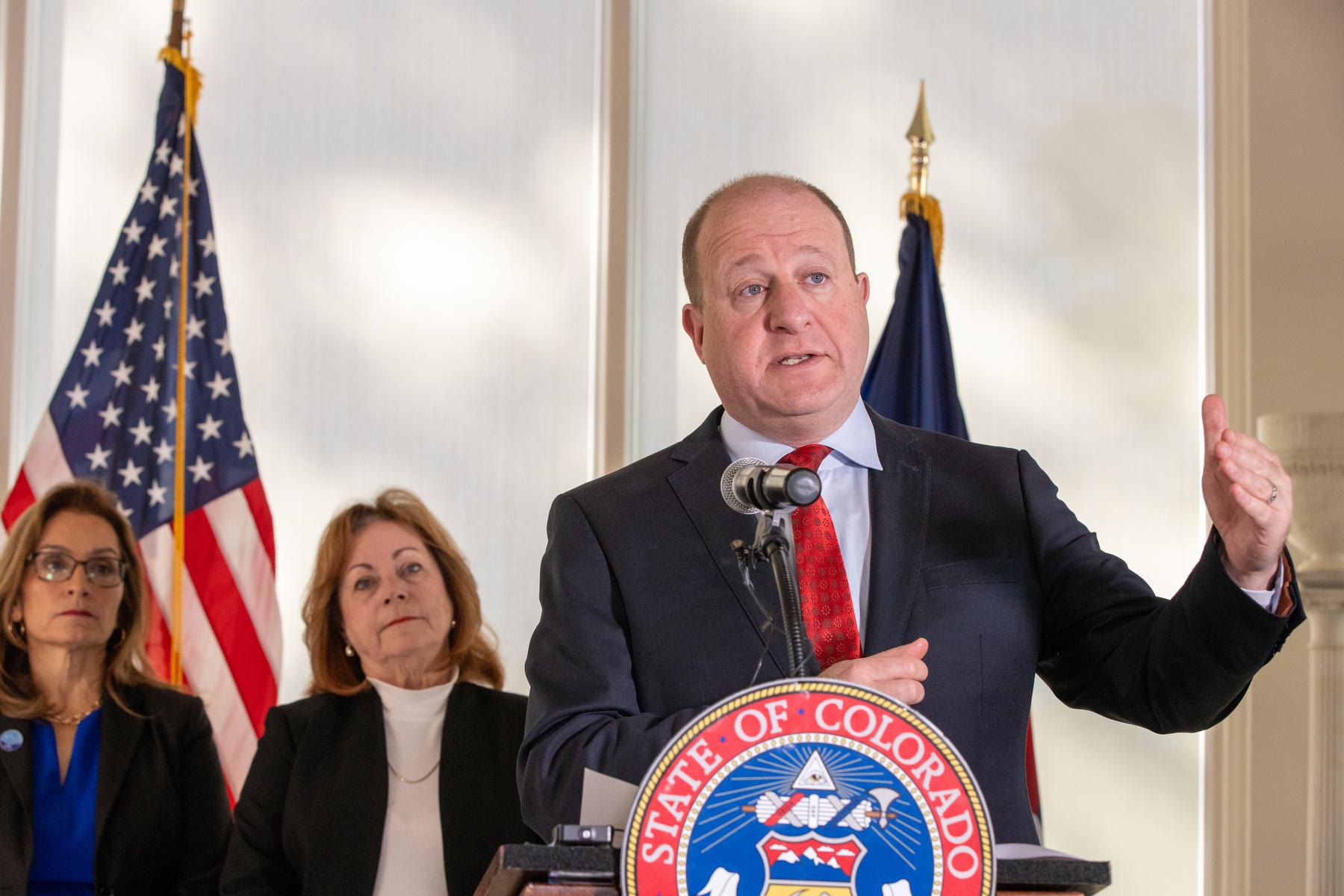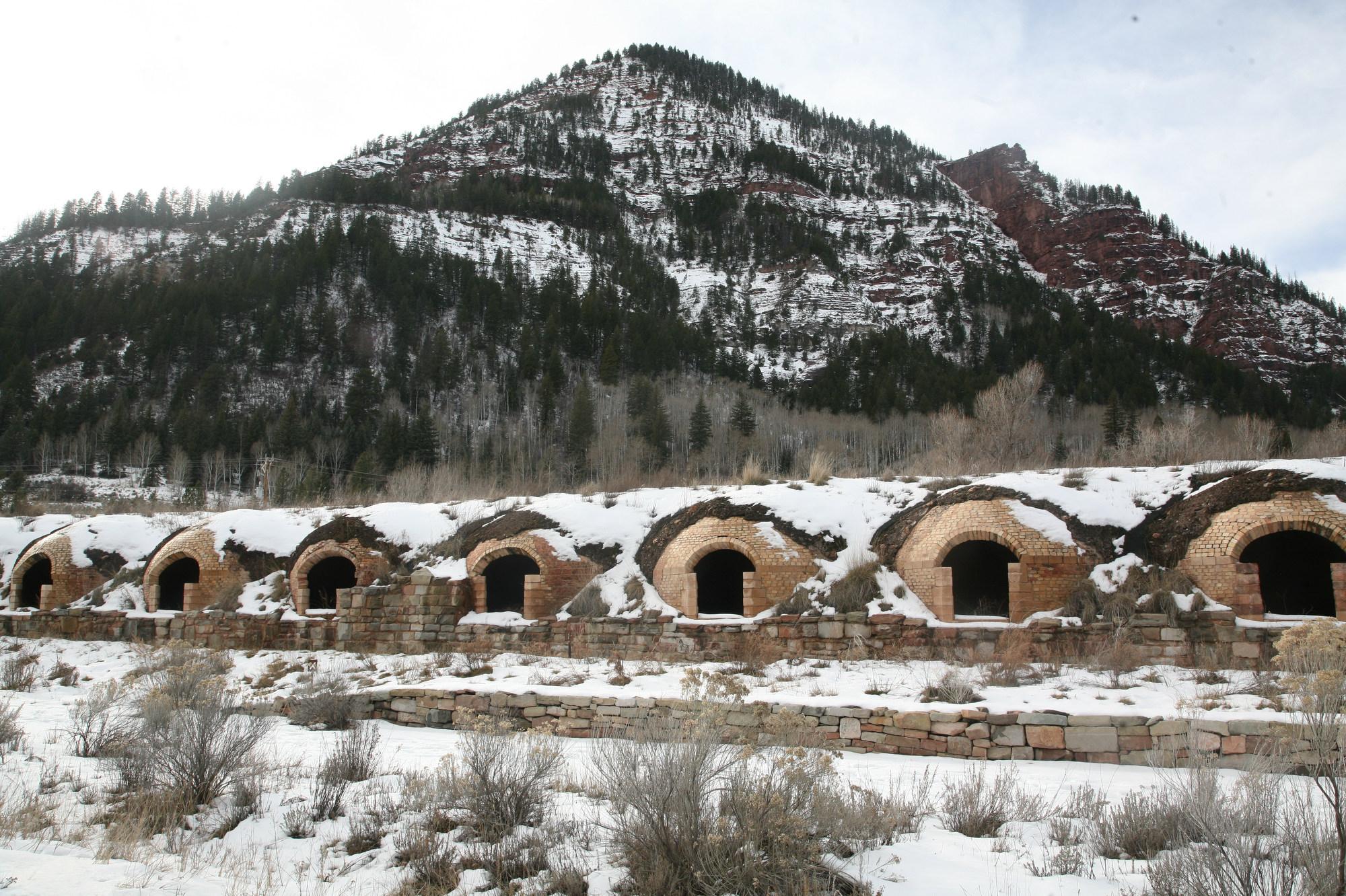

In the 1970s, NASA scientists traveled to Great Sand Dunes National Park to test equipment for the Viking Mars landers, thinking the dunes would be a good substitute for the Martian surface.
Now, the NASA-funded Colorado Space Grant Consortium heads back to the park each year for a student event they call the Colorado Robotics Challenge.
The consortium represents state colleges, universities and other organizations giving students a chance to work on real, practical space-ish type projects.
Thirty teams attended the 13th annual event Saturday, ranging in age from junior high students to college seniors.
“Our challenge [is] to build a robot that can work autonomously and get through courses that get tougher and tougher as they go along,” said Bernadette Garcia Galvez, the associate director of the consortium. “They’re teaching its brain, basically.”

Organizers traced a circle in the sand at the base of the park’s towering dunes, approximately 40 feet in diameter. The circle was cut into six wedges, each representing a progressively harder course to the center where a spinning beacon stood on a knee-high tripod.
The first obstacle is just open, flat sand. The more difficult courses are lined with ditches, rocks and man-made obstacles like ramps and walls.
Garcia Galvez said the event is not a competition, so each team got to define success for themselves.
“Success is believing in yourself, believing in your robots, supporting your team, problem-solving and just trying your best and having a good time,” said 14-year-old Tammy Le.

What are they hoping the robots do? “We hope that they move,” Le said with a laugh.
Their robot this year did move, and even though all Country Boy did at first was spin in a circle, Le’s team is learning. A couple years ago, all their robot did was move … an inch. That progress, learning, is all part of the point, especially for students who otherwise might not have such an experience.
Le and the other three girls on her team came from a Denver-based after-school program called the Bridge Project. All four are children of immigrants or refugees and live in low-income neighborhoods.

“Just to be outside of the inner city, that’s an amazing adventure for them,” said Bridge Project Program and Community Partnerships Director Phuong Phan.
Garcia Galvez said the ultimate goal of the challenge and the consortium is to inspire students through such hands-on projects.
“So when they are going into college or finishing college, their resumes are really strong and they have a lot of skills to jump right into a job, either at NASA or in a supporting industry,” she said.
Eventually, the girls got both Country Boy and his WiFi-connected pal Church Girl to roll straight and true — most of the time.









